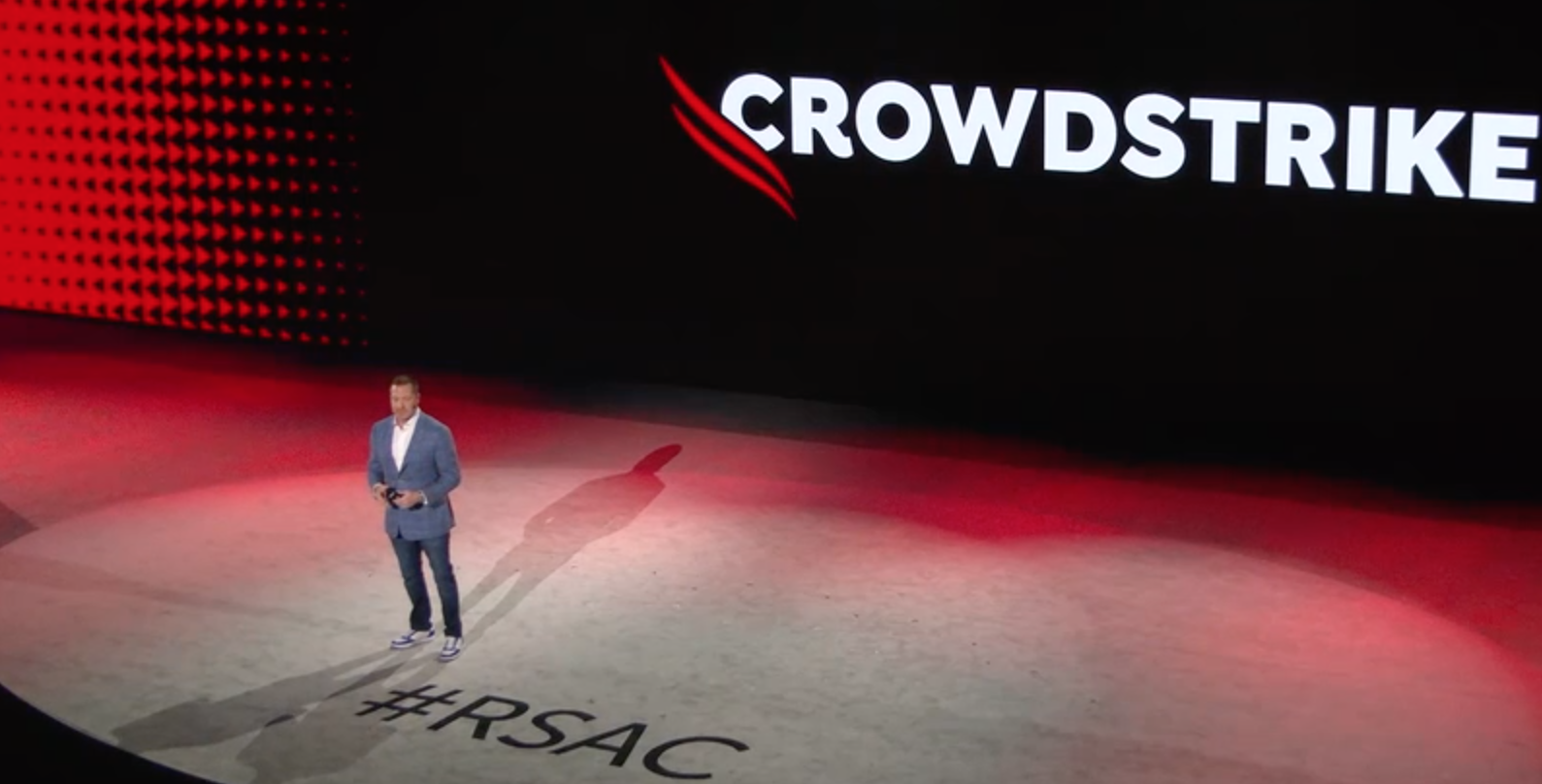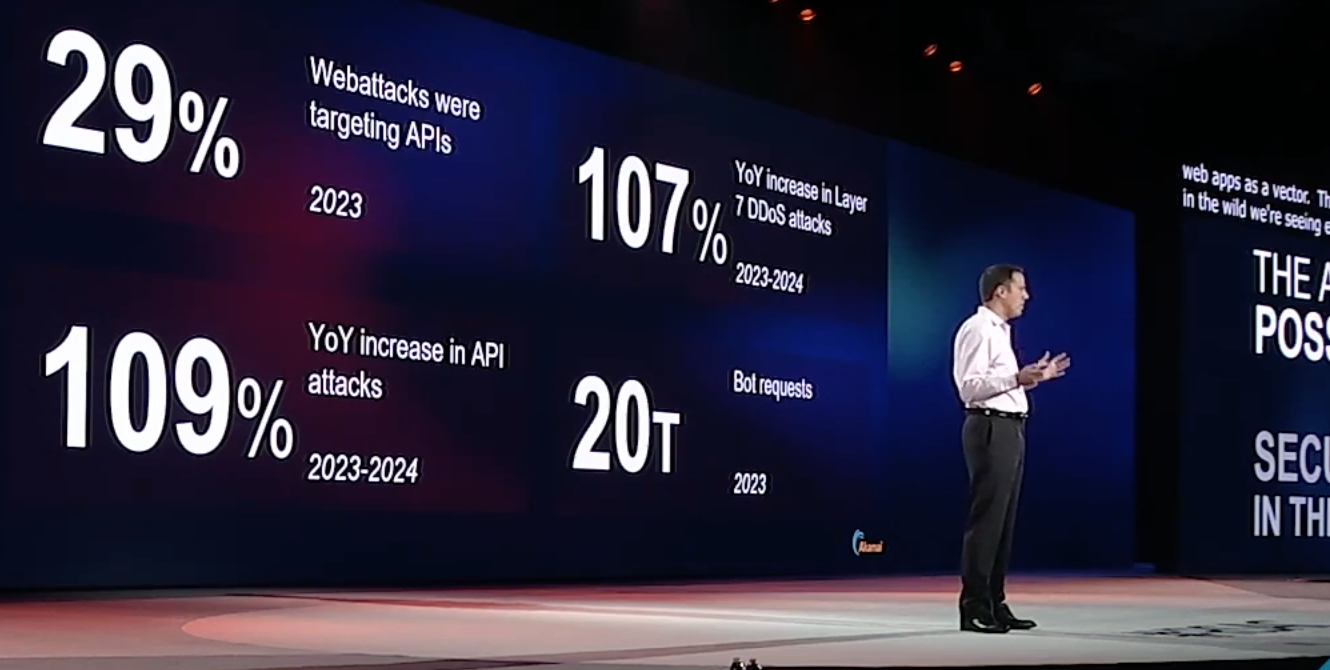Timeline: Three years of Zeus terror
It was in 2007 the Zeus Trojan was first spotted and it has been causing carnage ever since. We take a look back at the Trojan's rise.


Zeus, aptly named after the King of the Gods in Greek mythology, is one of the most prevalent forms of malware found on the web.
This year in particular has seen various Trojan machinations causing chaos for companies across the globe, namely financial institutions.
So where did it all start and who has been hit by Zeus during its three-year reign of pain?
July 2007: The Zeus Trojan is widely believed to have been first spotted in July 2007, in an attack on the US Department of Transportation.
May 2008: Zeus abuse really ramped up in 2008. RSA Security found it was actually becoming easier for hackers to get hold of the malware, after Trojan infection kits had been made available to rent or purchase.
May 2009: A Zeus botnet managed to take out operating systems on 100,000 computers, in what was being called a "nuclear" attack. Swiss IT expert Roman Hussy reported on a Zeus command and control server sending out Kill Operating System commands designed to prevent an OS from loading.
November 2009: Finally some success was seen in taking down the hackers. The Metropolitan Police's Central e-Crime Unit made the first arrests in Europe around the use of Zeus, taking down a man and woman both 20 years old at the time.
Get the ITPro daily newsletter
Sign up today and you will receive a free copy of our Future Focus 2025 report - the leading guidance on AI, cybersecurity and other IT challenges as per 700+ senior executives
April 2010: An RSA Security study showed that nine in ten Fortune 500 companies in the US had been potentially hit by Zeus-based attacks. By this point, Zeus was known to have compromised computers in 196 countries.
A Zeus 1.4 Trojan was identified in April as well, supporting two techniques one being HTML injection, the other something called transaction tampering. These allowed the malware to get round even tough authentication and transaction signing solutions.
It was also the first time Zeus had been seen exploiting the Firefox browser something it had been unable to do previously.
July 2010: At the start of the month two new Zeus botnets aimed at UK consumers were uncovered by Trusteer. They were only found on UK machines and were targeting UK-based banks solely. It was part of a worrying trend of Zeus-based attacks targeting the nation.
Trusteer was on the case later in July, revealing how a Zeus Trojan had been used in an attack, which produced replicas of the Verified by Visa and MasterCard SecureCode protection features in order to dupe US customers.
August 2010: August saw new versions of the infamous malware hitting the UK hard.
Firstly, Zeus was being used as part of the Mumba botnet, which had infected 55,000 computers and illicitly obtained more than 60GB of personal data.
Then Trusteer uncovered a Zeus v2 botnet, controlling more than 100,000 computers. Almost all of these systems were based in the UK and stolen data included online banking details and social network logins.
Later in the month hackers were revealed to be using Zeus v3 to steal 675,000 from a single UK bank. M86 Security discovered this version of Zeus was able to initiate transfers from within user accounts, handing funds directly to the cyber criminals.
Tom Brewster is currently an associate editor at Forbes and an award-winning journalist who covers cyber security, surveillance, and privacy. Starting his career at ITPro as a staff writer and working up to a senior staff writer role, Tom has been covering the tech industry for more than ten years and is considered one of the leading journalists in his specialism.
He is a proud alum of the University of Sheffield where he secured an undergraduate degree in English Literature before undertaking a certification from General Assembly in web development.
-
 Cleo attack victim list grows as Hertz confirms customer data stolen
Cleo attack victim list grows as Hertz confirms customer data stolenNews Hertz has confirmed it suffered a data breach as a result of the Cleo zero-day vulnerability in late 2024, with the car rental giant warning that customer data was stolen.
By Ross Kelly
-
 Lateral moves in tech: Why leaders should support employee mobility
Lateral moves in tech: Why leaders should support employee mobilityIn-depth Encouraging staff to switch roles can have long-term benefits for skills in the tech sector
By Keri Allan
-
 'You need your own bots' to wage war against rogue AI, warns Varonis VP
'You need your own bots' to wage war against rogue AI, warns Varonis VPNews Infosec pros are urged to get serious about data access control and automation to thwart AI breaches
By Rene Millman
-
 CrowdStrike CEO: Embrace AI or be crushed by cyber crooks
CrowdStrike CEO: Embrace AI or be crushed by cyber crooksNews Exec urges infosec bods to adopt next-gen SIEM driven by AI – or risk being outpaced by criminals
By Rene Millman
-
 Microsoft security boss warns AI insecurity 'unprecedented' as tech goes mainstream
Microsoft security boss warns AI insecurity 'unprecedented' as tech goes mainstreamNews RSA keynote paints a terrifying picture of billion-plus GenAI users facing innovative criminal tactics
By Rene Millman
-
 APIcalypse Now: Akamai CSO warns of surging attacks and backdoored open source components
APIcalypse Now: Akamai CSO warns of surging attacks and backdoored open source componentsNEWS Apps and APIs bear the brunt as threat actors pivot to living off the land
By Rene Millman
-
 AI is changing the game when it comes to cyber security
AI is changing the game when it comes to cyber securityNews With AI becoming more of an everyday reality, innovative strategies are needed to counter increasingly sophisticated threats
By Rene Millman
-
 RSAC Chairman urges collaboration to ensure collective defense in security
RSAC Chairman urges collaboration to ensure collective defense in securityNews Chairman emphasizes the critical need for cooperation among cyber security experts
By Rene Millman
-
 IT Pro Live: The future of encryption
IT Pro Live: The future of encryptionVideo AI and quantum ccomputing could be about to change the face of security forever
By IT Pro
-
 What is subnetting?
What is subnetting?In-depth Knowing what subnetting is and when to use it can boost network efficiency
By Rene Millman